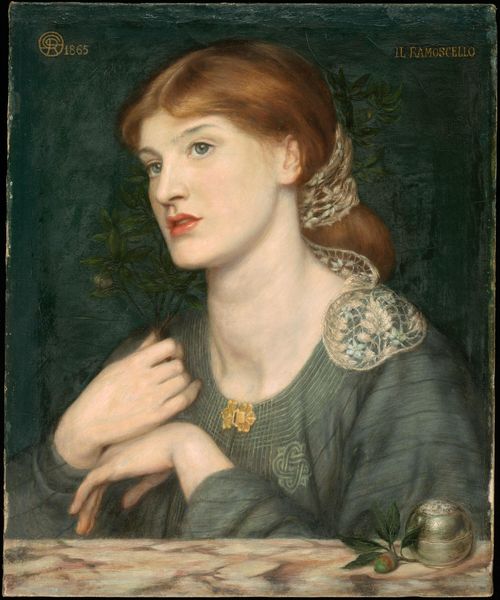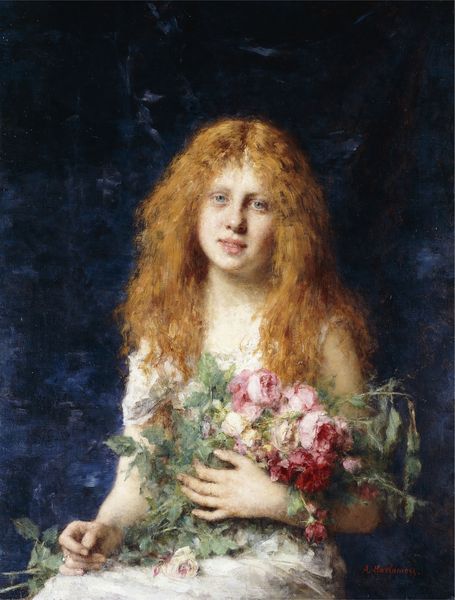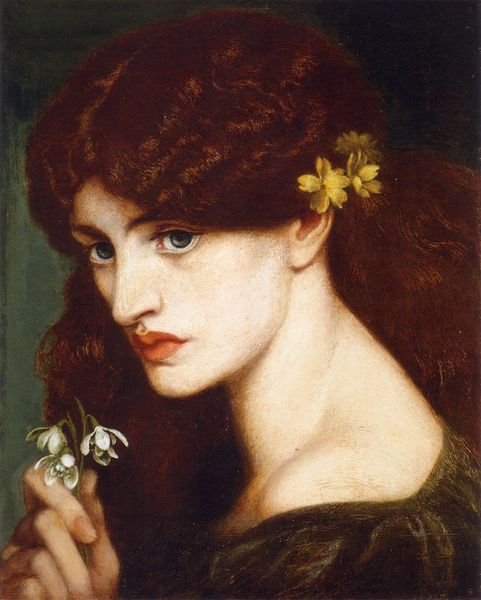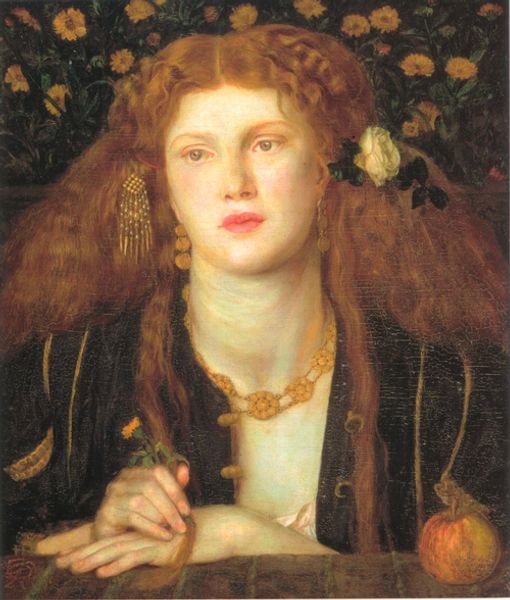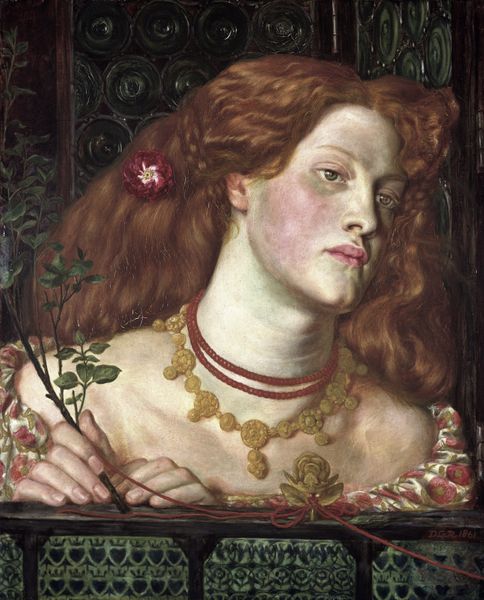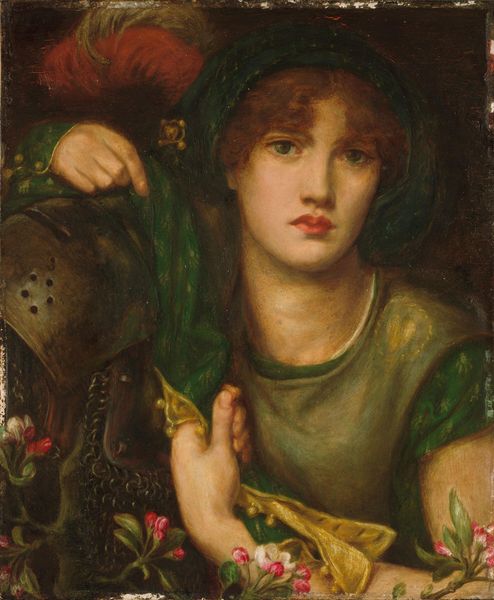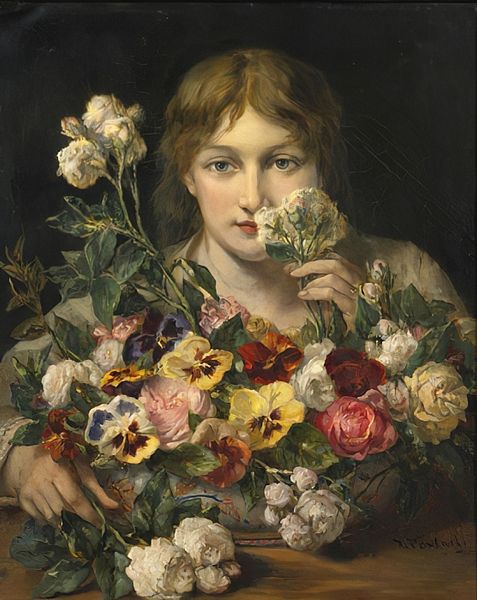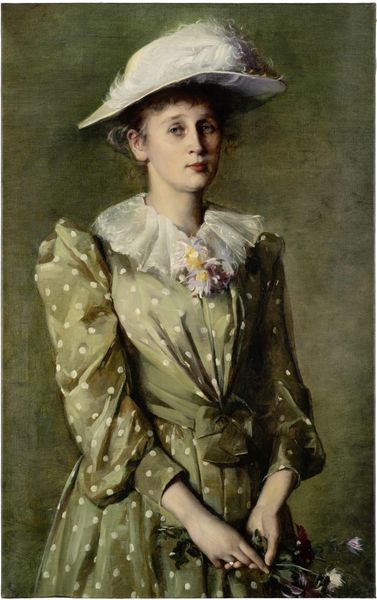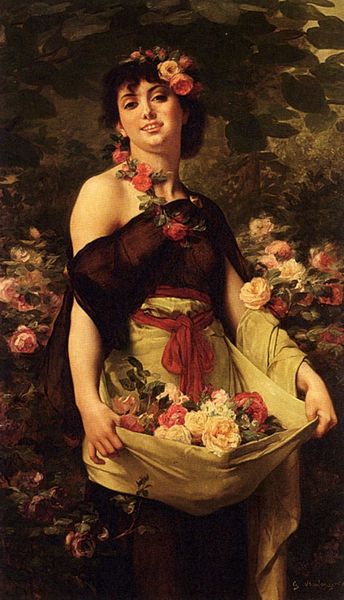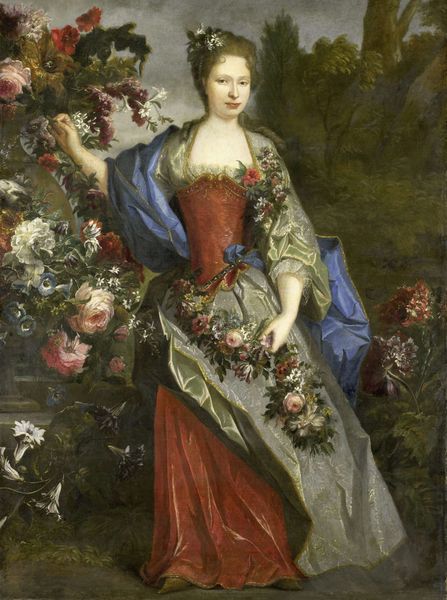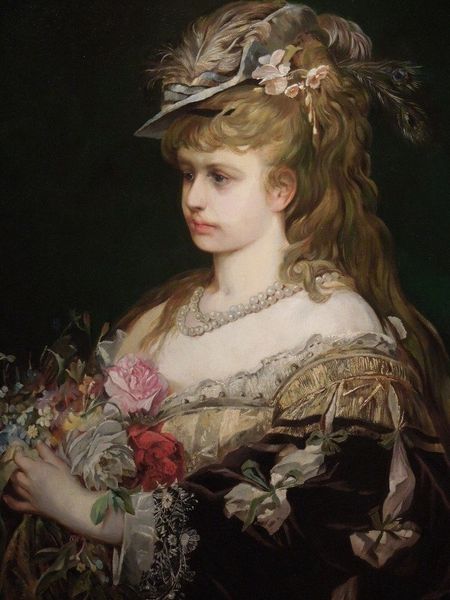
painting, oil-paint
#
portrait
#
painting
#
oil-paint
#
oil painting
#
japonisme
#
facial portrait
#
portrait art
Dimensions: 120.65 x 76.2 cm
Copyright: Public domain
Editor: Here we have Alfred Stevens' "Yamatori," painted in 1878. It's an oil painting of a woman in a kimono holding a flowering plant. It's all very delicate and elegant, but I'm curious about the context. What do you see in this piece? Curator: Beyond the surface beauty, "Yamatori" provides a lens into the complex dialogue between East and West in the late 19th century. The Aesthetic Movement was heavily influenced by Japonisme, but it's vital to interrogate how Japanese aesthetics were often appropriated and exoticized within a European, and specifically Belgian, worldview. How does Stevens' portrayal contribute to, or perhaps challenge, these power dynamics? Editor: So, it's not just about admiring a pretty picture? Curator: Absolutely not. Consider the model's Western features juxtaposed with the kimono and carefully chosen objects. It raises questions about identity, performance, and the construction of the "Other." To what extent is this a celebration of cultural exchange, and to what extent is it a reinforcement of colonial perspectives, framing Japanese culture as merely a decorative element for Western consumption? Editor: That’s a really different way to look at it. It’s much more loaded than I first realized. Curator: Precisely. It's a reminder that even seemingly benign genre paintings can be deeply embedded in the social and political realities of their time, and can open up broader discussions on the dynamics of cultural representation. What do you make of the flowers in that stunning vase? Editor: It never occurred to me that such a seemingly simple painting could have so many layers. I will never look at paintings the same way! Curator: Indeed. Art invites conversation and reevaluation as society changes, bringing novel considerations to past perspectives.
Comments
No comments
Be the first to comment and join the conversation on the ultimate creative platform.
